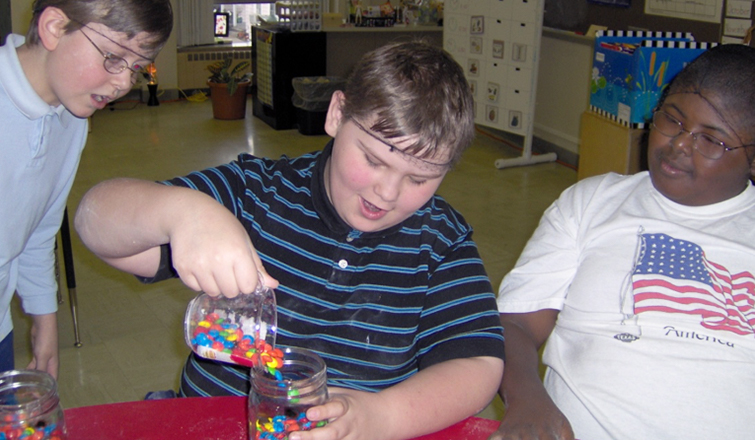What Is An Example Of Integrated Service Delivery In Schools?
Introduction

A major focus of the Integrated Services Initiative is maximizing the impact of related services (east.g. occupational therapy, oral communication linguistic communication pathology, school counseling, concrete therapy, school nurses, etc.) by providing therapy in the general education natural context as much equally possible.i This is in contrast to pulling students out of course to provide services in isolated therapy rooms. Integrated services give practitioners admission to all students, not just those on their caseload. Opportunities to provide universal (Tier 1) and targeted (Tier 2) services are enhanced when integrating services throughout the day.

oneCahill, Southward., & Bazyk, S. (2019). Schoolhouse-Based Occupational Therapy. In Jane Clifford O'Brien & Healther Kuhaneck (eds.). Case-Smith's Occupational Therapy for Children & Adolescents (8th edition). Mosby.

Recall this:
The aim of Every Moment Counts is to maximize the bear upon of related services by integrating therapy throughout the solar day in a multifariousness of school contexts.
Integrated services and school mental health

- Occupational therapists (OT) and OT assistants (OTAs)
- Schoolhouse nurses
- Music therapists
- Recreation therapists
Information technology is important to include these school providers equally squad members who tin can collaborate with licensed mental health providers and frontline schoolhouse personnel in order to contribute to mental health promotion, prevention, and intervention.
1Atkins, M. S., Hoagwood, K. E., Kutach, K., & Seidman, Due east. (2010). Toward the integration of education and mental health in schools. Administration and Policy in Mental Health, 37, 40-47.

Retrieve this:
HOW to Integrate Services
- Alter the environment and/or job
- Co-teaching strategies
- Coaching strategies
- Modest group interventions
- Whole-school, universal programs
HOW to provide integrated services?
Related services can be integrated throughout the day using a combination of breezy and formal strategies. Breezy strategies include modifying the environs (physical, social, sensory) and/or the task to foster successful participation and mental health. Formal strategies include co-educational activity, coaching, small-scale group interventions, and universal programs. Learn more than about this strategies beneath.

Think this!
Students with disabilities do not attend school to receive related services; they receive services so they can attend and participate in schoolhouse. (Giangreco, 2001)
Shifting to Integrated Services: The Process
The procedure for shifting from a pull-out to integrated model will vary depending on the school district and how related service providers are employed. In general, related service providers are either employed directly by the schoolhouse commune or educational service center or past a private practise company that places therapists in schools. The motivation to provide integrated versus pull-out therapy ofttimes starts at the height - with leaders who value and advocate for this type of service provision. Refer to the following sections for suggestions on how to shift to an integrated model and success stories.
What Is An Example Of Integrated Service Delivery In Schools?,
Source: https://everymomentcounts.org/integrated-services/
Posted by: thompsonthencerest70.blogspot.com


0 Response to "What Is An Example Of Integrated Service Delivery In Schools?"
Post a Comment